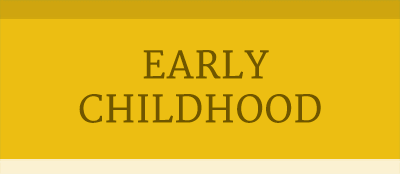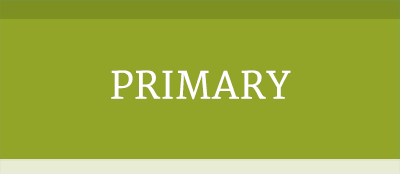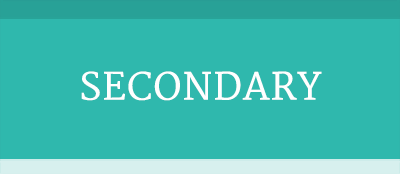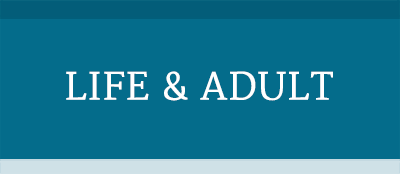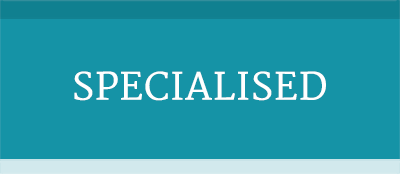Addressing the literacy ‘underachieving tail’
JOY ALLCOCK ARTICLE (Originally in Principals Today, Term 2 2013)
 I believe there are three areas that need addressing if we are to lift the literacy ‘underachieving tail’: Children’s early language development, how we teach literacy in the first two years, and teachers’ knowledge of the English language.
I believe there are three areas that need addressing if we are to lift the literacy ‘underachieving tail’: Children’s early language development, how we teach literacy in the first two years, and teachers’ knowledge of the English language.
Children need a rich vocabulary and knowledge of the world around them if they are to become successful readers and writers. The foundation for this lies in children’s exposure to language in the early years when the networks for speech, language and literacy are being laid down.
If children suffer from recurrent Glue Ear or are in situations where people rarely speak to them, they can be disadvantaged for the rest of their lives because of the impact these factors have on their language development.
The gap that exists between children who come to school with rich language experiences, and those who do not, tends to get larger over time. What happens before children start school has enormous implications for their future success.
However, it is possible to increase language experiences and vocabulary knowledge for all children in our classrooms. This should be a focus for instruction in every classroom, from early childhood to secondary.
Research has shown that the way we introduce literacy skills and knowledge of the alphabetic code in the first two years has implications for reading success in later years. Many New Entrant classrooms teach the alphabet as a starting place for learning to read and write – teaching a letter a week during the first year.
For many children the alphabet is unknown and for all children it is a somewhat abstract concept. Very few children come to school with a ‘print dictionary’ in their heads – they don’t have written words to refer to, so print and letters are their ‘unknown’.
We know that we should teach new concepts by starting with what children know, and yet the way we introduce the alphabetic code is the complete opposite – we start with what they know least about – print.
When children start school they know how to speak, so sounds are their ‘known’. By using a sound to link to words that children know, and then by showing them how the letters of the alphabet can be used to write the sound, we can easily teach how the alphabetic code works.
Children learn that words are made up of sounds, that letters are used on their own and in combinations to write sounds, that one sound can be written in different ways, that one letter or spelling pattern can be pronounced in different ways. This simple approach works for all children and has generated some remarkable shifts in literacy achievement.
This brings me to the last area I believe needs addressing – the area of teacher knowledge. Not all teachers know enough about the English language to teach literacy well. Teachers’ knowledge of the linguistic structure of written English should be a compulsory part of teacher training, and in some places it already is.
Teachers are seriously disadvantaged if they lack knowledge of the way written English works and unfortunately their lack of knowledge also disadvantages their students.
We can’t make up for the things children miss out on before the come to school, but we can ensure we don’t put any more roadblocks in their way as they acquire literacy skills.
A focus on vocabulary development before and after school entry, a change in the way children are taught to understand the alphabetic code and an increase in teachers’ knowledge of written English will lead to increased achievement of literacy targets for all students.
Joy Allcock can be reached at sus@ihug.co.nz
www.worddetective.net
Published in Principals Today, Issue 98, Term 2, 2013
www.principalstopday.co.nz


